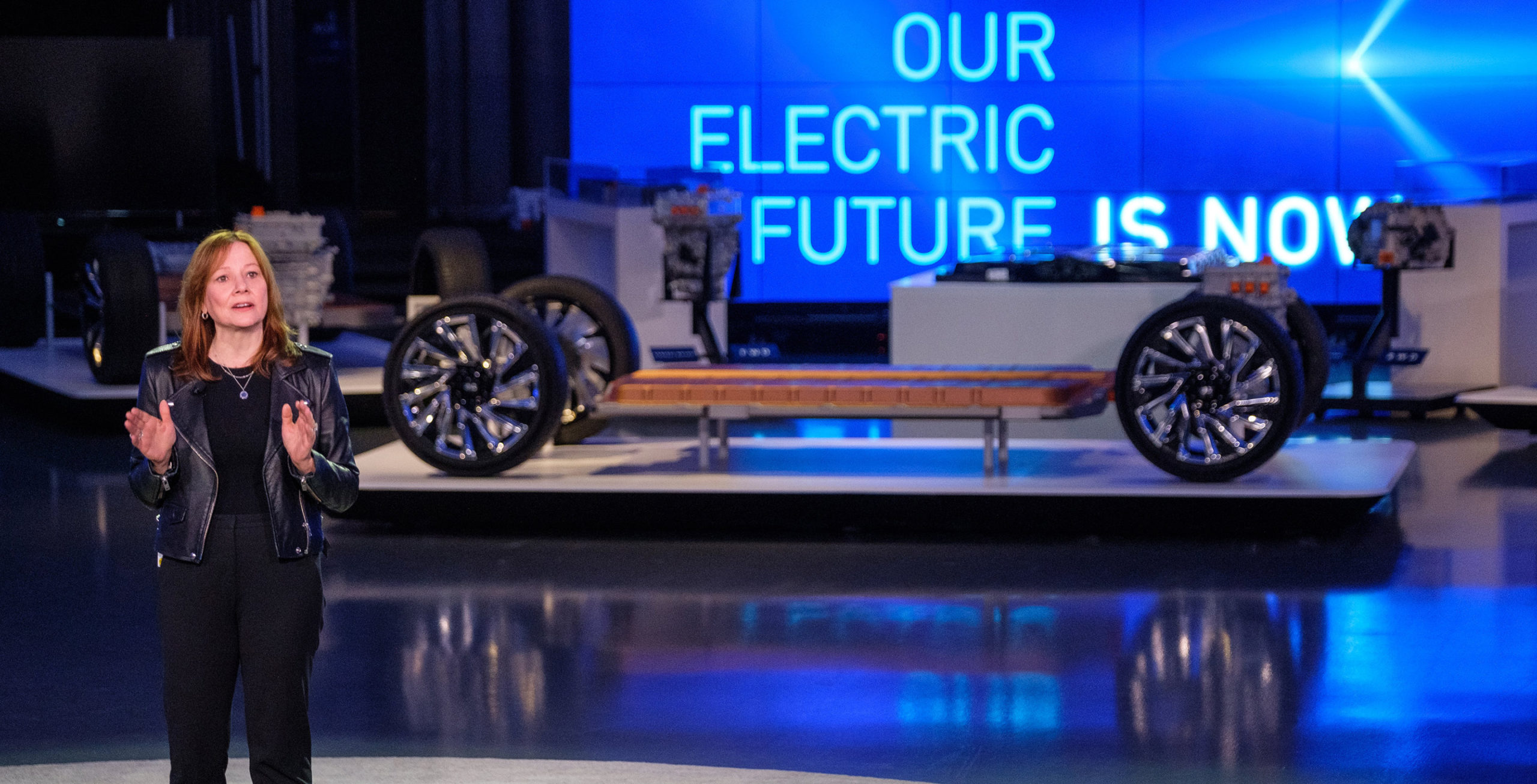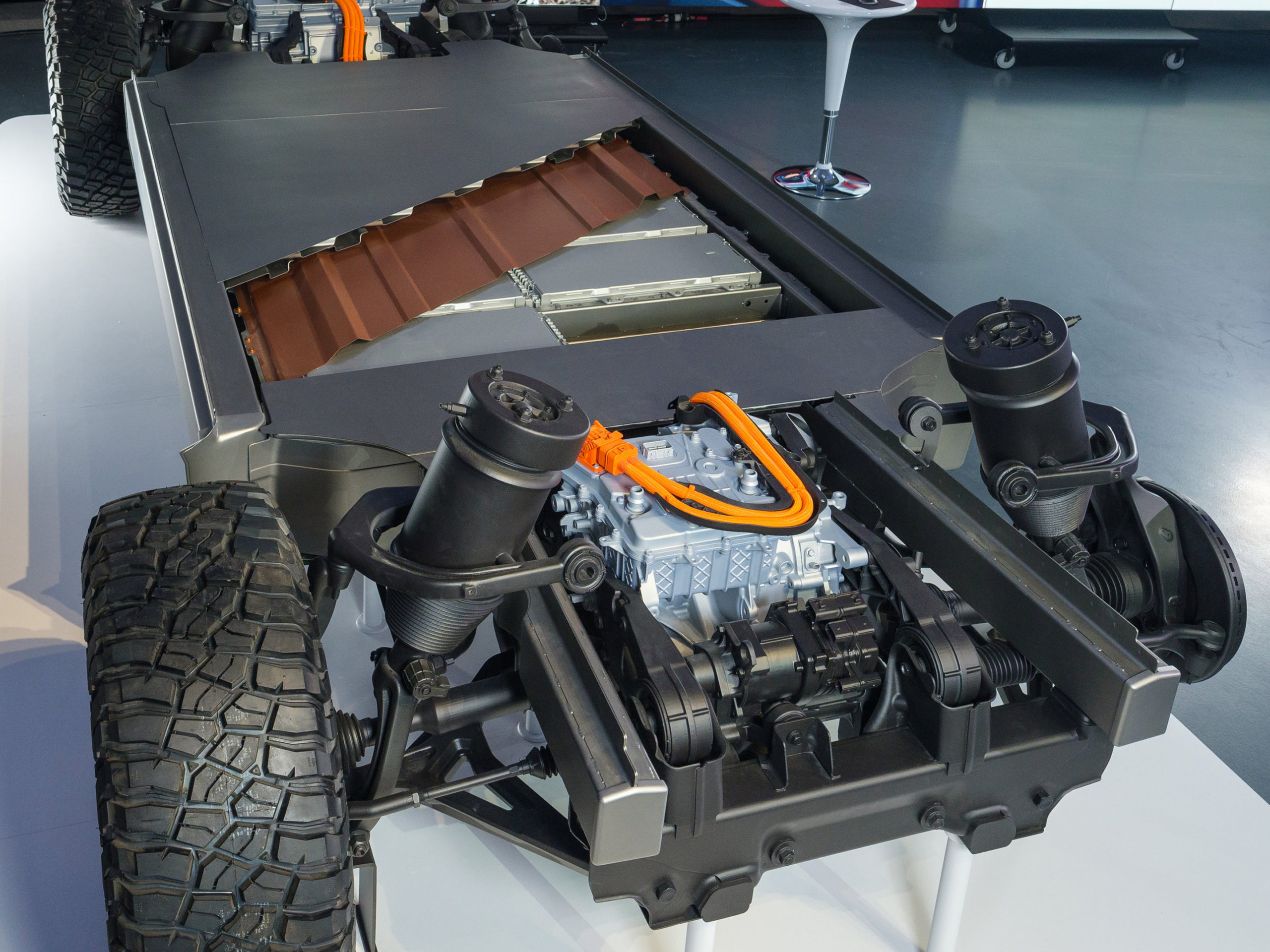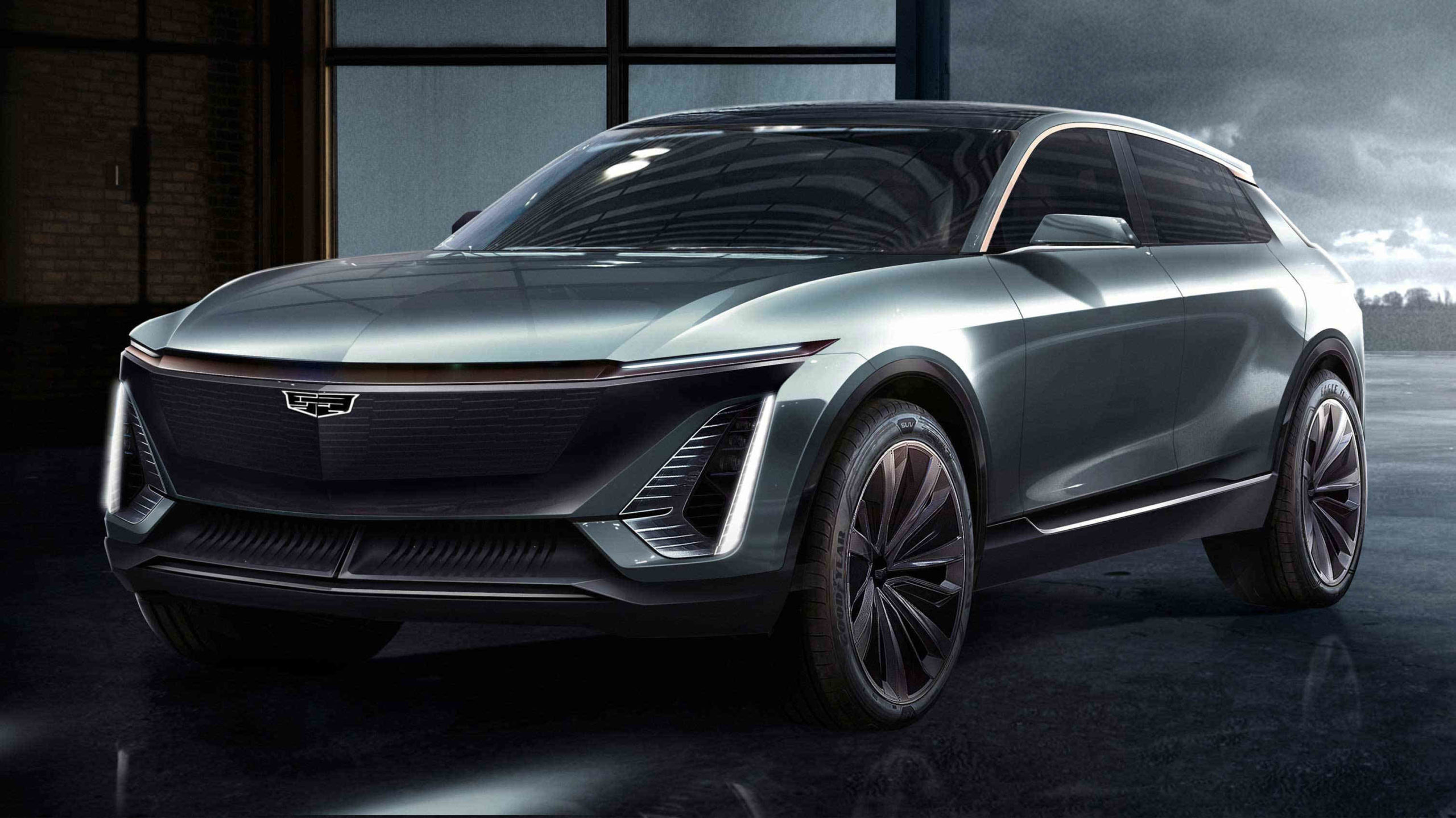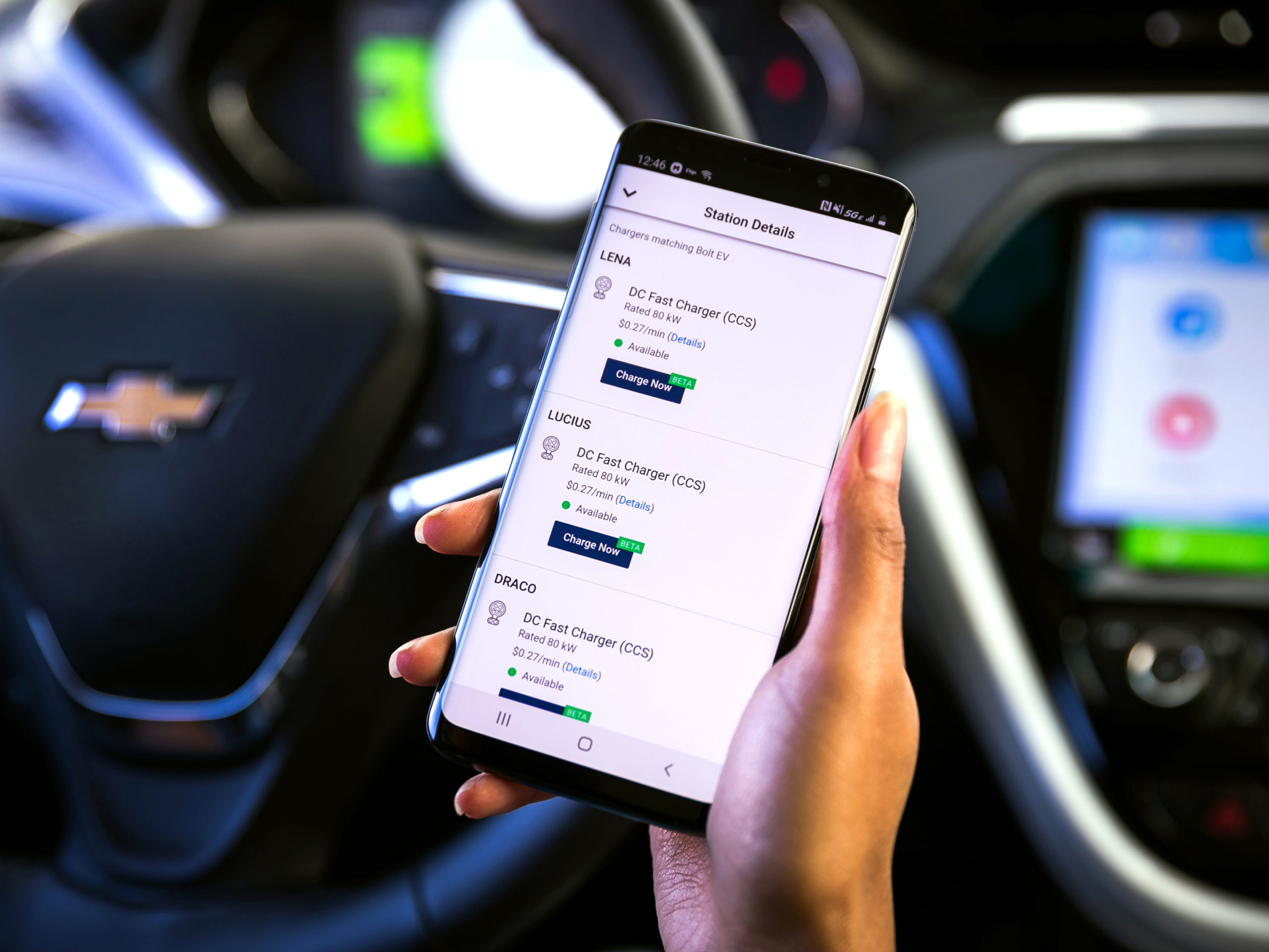
General Motors (GM) laid out its strategy for ratcheting up its electric vehicle (EV) plans with a modular approach that will include new vehicles, manufacturing its own batteries and increasing charging stations for drivers.
For GM, this is almost like putting all its chips in at the poker table. Only rather than betting the farm on the chance of getting good cards on the flop, the company’s brain trust sounds convinced its strategy will reinvigorate it for decades to come.
As part of a two-day media event in Michigan, the automaker made its case by unveiling a holistic approach aiming to impress prospective customers, while serving notice to competitors and investors.
New EVs, new battery
Tesla was the elephant in the room for the simple fact the brand has become synonymous with electric cars. GM wants to stake its own claim in the still-nascent EV market by spending upwards of $20 billion (U.S.) by 2025. The money is spurred by renewed confidence that developing and making its own batteries would give GM a competitive edge in the auto industry.
While the new vehicles were interesting in their own right, the lynchpin of the presentation was the new ‘Ultium’ battery. Developed in tandem with LG Chem, who has supplied GM with lithium-ion batteries and other electronic components, its chemistry is made up of nickel, cobalt, manganese and aluminum.
GM is even calling it NCMA to note the composition officially, but in addition to that, it’s taking a different tack on design. The “pouch cells” are rectangular and flat, stacked together vertically or horizontally to squeeze in more capacity over what cylindrical cells typically offer.

In sticking with the modular strategy, it’s designed to be adaptable to all EVs in the lineup. GM says it can configure the battery and drive units in 19 different ways, both in 400-volt and 800-volt builds and a range of 50-200 kWh in capacity. There was also talk of vehicles with 350 kWh capacity capable of a theoretical range of roughly 640km on one charge.
For reference, Level 2 chargers max out at 19.4 kWh, while DC chargers can go much higher. A DC fast charger at 800 volts could fill an EV with 100 kWh capacity up to 80 percent charge in about 15 minutes. GM’s business goal is to reduce the cost of developing and manufacturing the battery to below $100 per kWh. The resulting cost-efficiency would presumably make EVs cheaper to buy or lease (not to mention profitable), thereby tackling one of the big roadblocks for mass EV adoption.
Rolling out more EVs
As of now, the Chevrolet Bolt is GM’s only foray into EVs, though there will be another 20 by 2023 under the current road map. With a wider portfolio, the company endeavours to sell a million EVs every year, with a particular focus on the U.S. and Chinese markets. But Canada isn’t being left out, as these models are likely heading north of the border, too.
“Everything you see here today is real,” said GM president Mark Reuss, addressing media at the event. No cameras were allowed inside the venue, with smartphones locked down, so there are no photos of the actual prototype vehicles, but suffice it to say, they were there.
A new Bolt is coming this year, albeit without the new Ultium battery onboard. In summer 2021, the 2022 Bolt EUV, a slightly longer version of the current model that sort of looks like a small crossover SUV, but really isn’t. It didn’t seem to be any higher than the upcoming 2021 Bolt, either. Somewhat surprisingly, the Bolt EUV will be equipped with Super Cruise, GM’s autonomous driving system, making it the first EV to use it out of all four brands under the company’s umbrella.
If you watched the Super Bowl and saw the American ads, you may have noticed a teaser for a new Hummer. Well, it’s real, and it’s electric. Oh, and there are actually two variants. Under the GMC brand, the electric Hummer will come in both an SUV and pickup, with the most powerful getting a 1,000 horsepower powertrain and the ability to go from 0-60 mph in less than three seconds.

Neither concept looked like the prototypical Hummer’s wide and boxy design. These are big vehicles for sure, yet look less traditional to that brand, in my view. The roof panels come off to get a full view above, and there’s storage space for them under the hood.
The Cadillac Lyriq looks to be the crossover SUV teased already. It looks smooth on the outside, and shows plenty on the infotainment end inside. There was a 34-inch OLED curved display stretching from the driver’s side over towards the passenger end. The screen was in the same vein as the one already seen in the 2021 Escalade recently showcased at the Canadian AutoShow in Toronto.
Cadillac will be turning the lights onto the Lyriq for the public in April, though it’s less clear when the Celestiq might see the same light. The concept luxury sedan had no rearview mirrors or door handles, making it literally one of the smoothest cars I’ve seen to date. It also harkens back to a golden age for Cadillac with the roomy interior and trunk space. Remember the old ‘boats’ from the 70s and 80s that mobsters could use to hide a body or two? Yeah, that’s the kind of space this vehicle had. The interior had a large curved display inside, plus another one sticking out between the driver and passenger.
There were nine vehicles in total, all EVs representing all four brands (Cadillac, Chevy, GMC and Buick). Most, if not all, are going to eventually go into production as part of the EV rollout over the next few years.
Charging forward
Beyond cost, CEO Mary Barra acknowledged the other obvious adoption hurdle: charging. Or more acutely, where to charge and how long it takes. To get the ball rolling and set an example, the company added 3,500 new EV charging plugs at its facilities in Canada and the U.S., marking a three-fold increase over what it had before. These would be Level 2 chargers capable of giving the Bolt 40km in range for every hour of charging.
It makes sense that a company coming out with several EVs in the coming years would incentivize its own employees to drive them and charge at work, and GM hopes other enterprises follow suit and do the same. Market research is telling the company that EV sales can go up six-fold when workplace charging is available, so there’s also that.

However, there’s still the nagging issue of charging stations out in the wild. Currently, 80 percent of Bolt owners charge at home or work because of the convenience and economics in calculating those options relative to range. There are about 25,000 Level 2 charging stations in Canada and the U.S., yet only 2,800 DC fast charging stations. GM says the latter number is growing amid partnerships with charging vendors, like ChargePoint, EVgo and EV Connect.
GM’s mobile apps, starting with myChevy for the Bolt, will map out all charging locations, and determines which are the best to go to for a navigated route. One catch is that none of this plugs into CarPlay or Android Auto, meaning if you’re using Waze, Google Maps or Apple Maps, the mapping and charging info from myChevy doesn’t appear there. You would essentially have to mount your phone where it’s visible to get wind of where the charging stations along the route are.
To be fair, Google Maps already offers EV stations as an option when setting a route, including real-time availability, just like in myChevy. Waze hasn’t yet, whereas Apple Maps does. It’s just not as intricate in exploring range like myChevy does, which uses a dotted line to indicate a safe distance for a roundtrip route, and a highlighted area noting how far the car can go until it runs out of power.
Electric avenue
Given GM’s resources and history, a strategy like this might have resonated strongly in, say, 2014, but like other automakers, battery technology was cited as a reason for them dragging their feet. It’s a debatable issue beyond the scope of this story, but in any case, the company is fully committed to seeing this through, no matter where it leads.
The Ultium battery is a critical element — so much so, in fact, that GM and LG Chem are building a massive $2.3 billion (U.S.) facility in Lordstown, Ohio to produce them. It’s still unproven as the game-changer GM is touting it to be, and it looks like its performance will be a determining factor in how vigorous this EV strategy turns out to be.
Image credit: GM
MobileSyrup may earn a commission from purchases made via our links, which helps fund the journalism we provide free on our website. These links do not influence our editorial content. Support us here.


